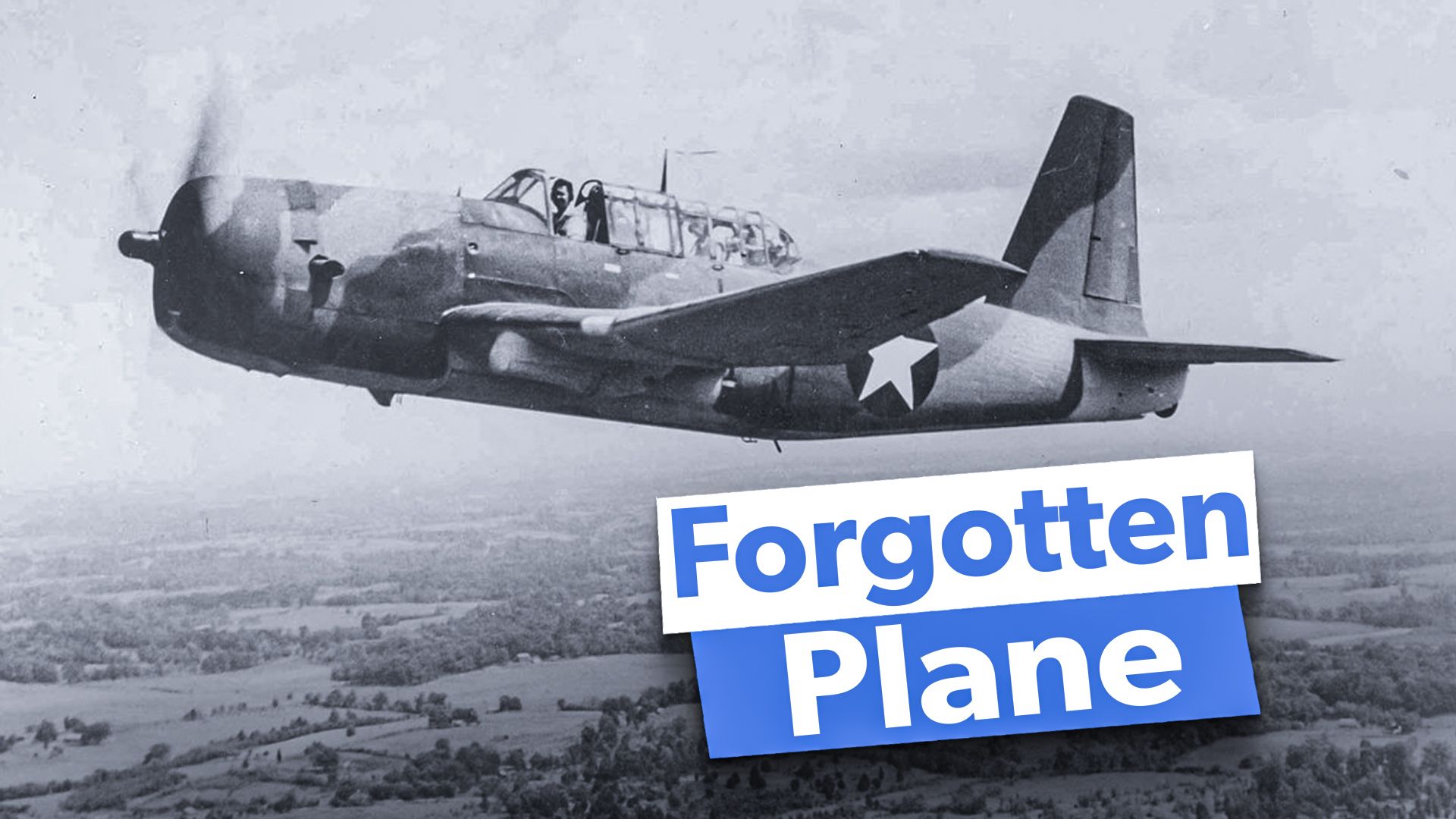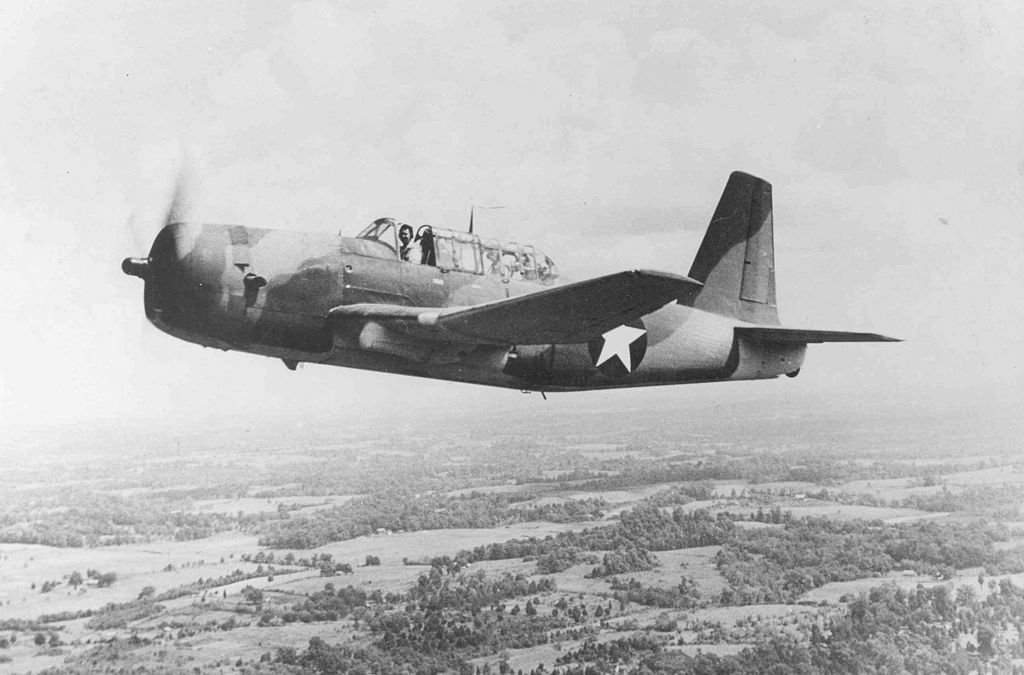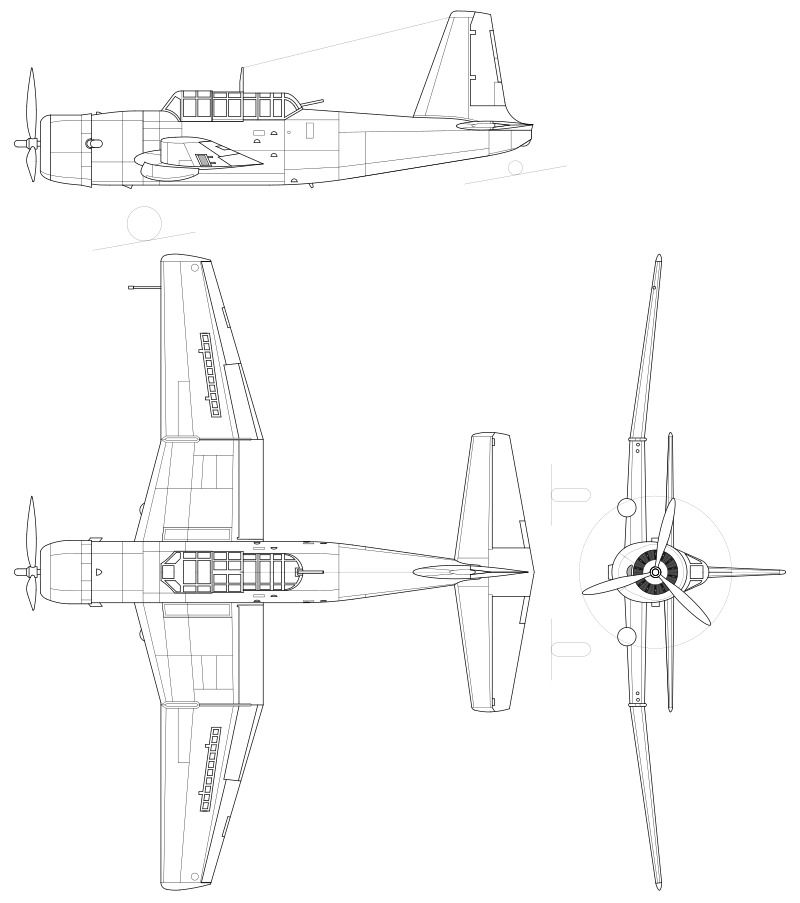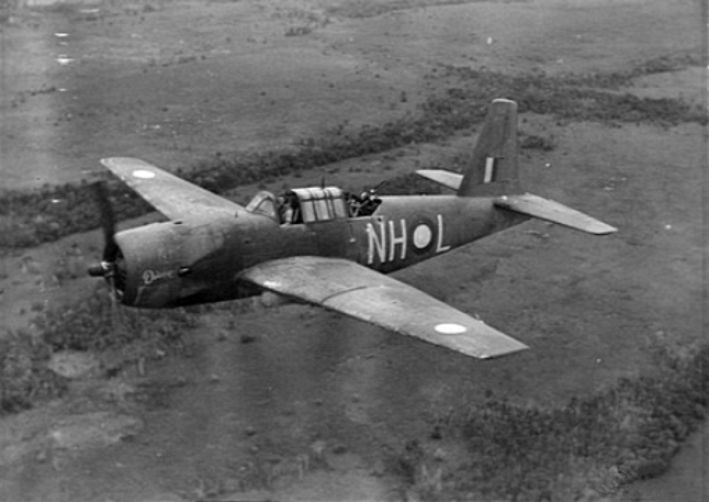Summary
- The Vengeance warbird, a WWII dive bomber, was overshadowed by more famous counterparts like the Dauntless and Stuka.
- The Vultee A-31 Vengeance, initially intended for the French Air Force, eventually served in combat with the RAF, RIAF, and RAAF.
- Surviving A-31 models are on display in museums, with one intact at the Camden Museum of Aviation in Australia.
“And you will know my name is the Lord, when I lay my vengeance upon thee!”
–Samuel L, Jackson in his Best Supporting Actor Oscar-nominated role as Jules Winfield in Quentin Tarantino’s “Pulp Fiction” (1994)
Sorry, folks, when discussing a warplane bearing the name “Vengeance,” I couldn’t help but cite a line from one of my all-time favorite motion pictures. Alas, the Vengeance warbird in question didn’t garner the equivalent worldwide fame and success in military history that “Pulp Fiction” attained in the annals of cinematic history.
The warbird we’re talking about it the Vultee A-31 Vengeance dive bomber, an American-made WWII dive bomber that did actually perform fairly well in combat, but is relatively obscure compared to other WWII dive bombers such as America’s Douglas SBD Dauntless and Curtiss SB2C (“Son of a Bitch 2nd Class” as its crews not-so-affectionately called it) Helldiver, Nazi Germany’s Junker Ju 87 Stuka, or Imperial Japan’s Aichi D3A “Val.” Time now for Simple Flying to give the mostly forgotten Vengeance her proper due,
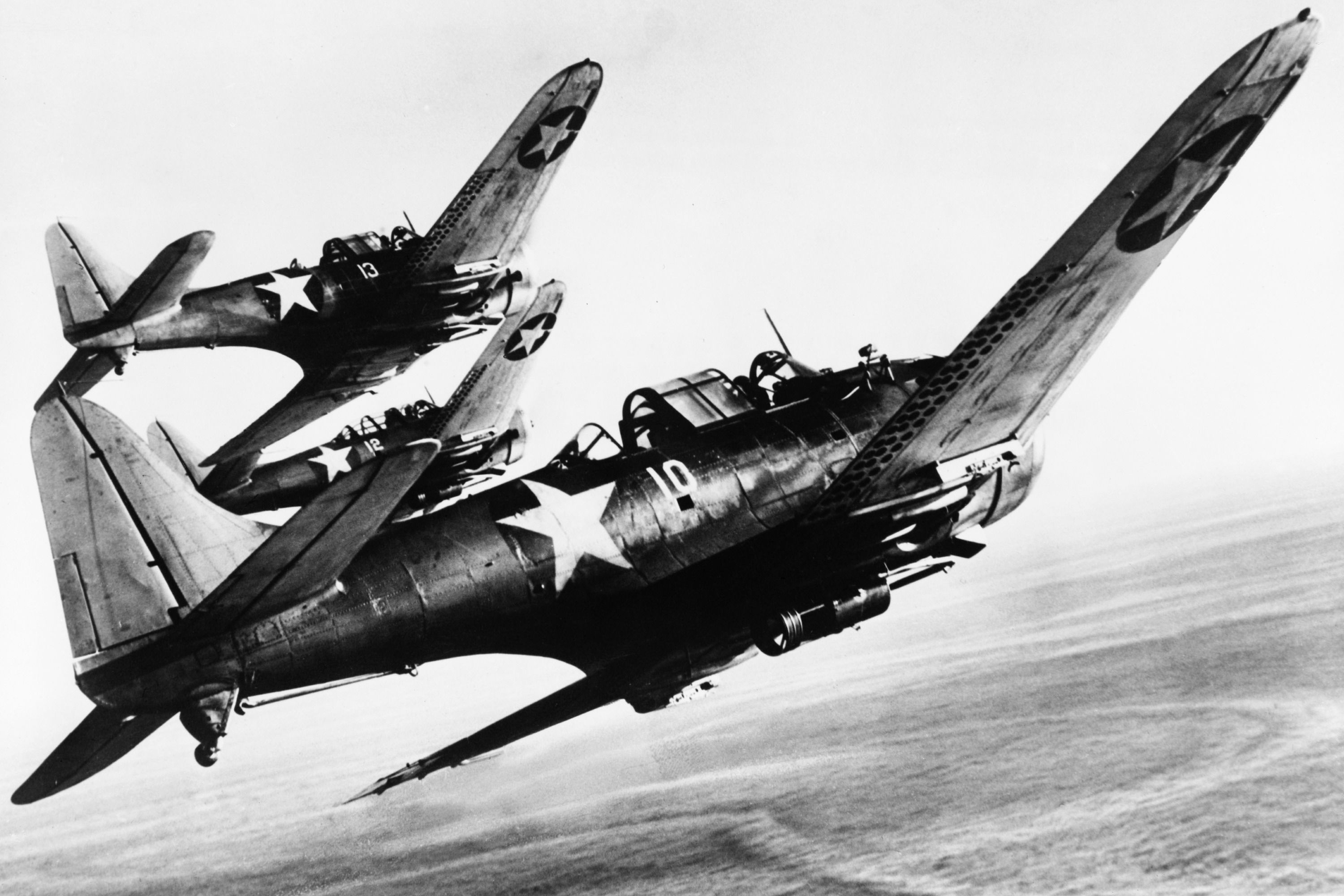
Related
History: The Dive Bomber Aircraft Of The Second World War
Nearly 50 versions of these planes were developed over nine years.
Vultee Vengeance early history and specifications
The Vultee Vengeance made her maiden flight on March 30, 1941. She was manufactured by Vultee Aircraft, Inc. (which later became Convair, famous for warbirds such as the Cold War era B-36 Peacemaker heavy bomber), headquartered in Downey, California.
The plane actually started off life as the V-72, intended for the French Air Force. The French sense of urgency for acquiring a dive bomber was spurred by the devastating effectiveness of the Stuka as demonstrated during the Spanish Civil War, wherein the Luftwaffe’s Legion Condor provided air support to Generalissimo Francisco Franco’s ultimately victorious Nationalist faction.
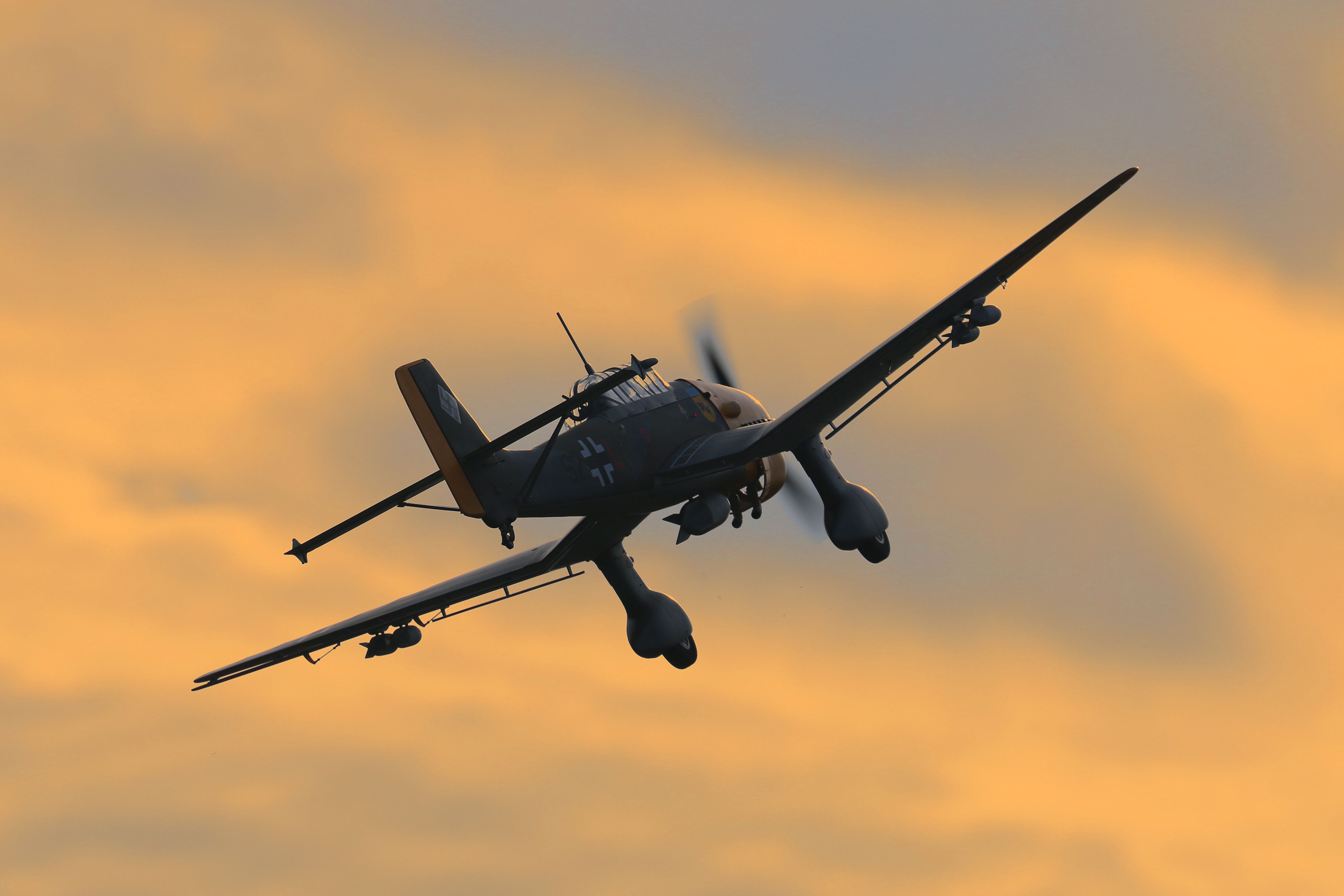
Related
Second World War Stalwart: The Story Of The Stuka Dive Bomber
Notorious for its screaming sirens and effectiveness against ships during the war.
As Andrew Knighton ot War History Online elaborates:
“The French needed dive-bombers of their own. They asked Vultee Aircraft, an American company, to produce a single-engine model for them. The result was the Vultee Model 72 or V-72, which became known as the Vengeance…The lessons learned in Spain were put into practice by the Luftwaffe during Germany’s blitzkrieg attacks on Poland and then France. Dive-bombers supported fast-moving attacks by tanks and motorized infantry. The downfall of France shaped the future of the V-72. The French government, having surrendered to the Germans, was no longer in a position to buy their order of V-72s. Vultee Aircraft had a product but no purchaser.”
“At that point, the British government stepped in. Having seen what the Stukas achieved against them and their allies, they wanted a purpose-built dive-bomber. The V-72 was the only readily available option. They placed an initial order for 200, followed by a further order for another 100…The United States also bought some, although they were never used in combat.”
Regarding those few Vengeances that were purchased by the U.S, though American dive bombers were primarily the purview of the U.S. Navy, Vultee’s contestant in the category went to the U.S. Army Air Force (USAAF) instead, whereupon she was designated the A-31 (and later, in improved form, the A-35). The USAAF saw fit to use these would-be vengeful warbirds as trainers or target tugs.
The A-31 had the following vital stats:
|
Crew: |
2 (pilot, navigator/gunner) |
|
Fuselage Length: |
39 ft 9 in (12.12 m) |
|
Wingspan: |
48 ft 0 in (14.63 m) |
|
Height: |
15 ft 4 in (4.67 m) |
|
Empty Weight: |
9,725 lb (4,411 kg) |
|
Max Takeoff Weight: |
14,300 lb (6,486 kg) |
|
Max Airspeed: |
275 mph (443 km/h, 239 kn) at 11,000 ft (3,350 m) |
|
Range: |
1,400 mi (2,253 km, 1,220 nmi) |
|
Service Ceiling: |
22,500 ft (6,860 m) |
|
Armament: |
Guns:
Bombs:
|
Now we shall take a look at the nations that actually *did* actually use the Vengeance in combat:
Royal Air Force (RAF)
As already noted, the British purchased some of the Vengeances, as, just like the French, they too were blown away (both literally and figuratively) by the power of the Stuka, and wanted to follow suit. However, then came the Battle of Britain, whereupon the Ju 87’s glaring weaknesses were exposed by RAF Supermarine Spitfire and Hawker Hurricane fighters.
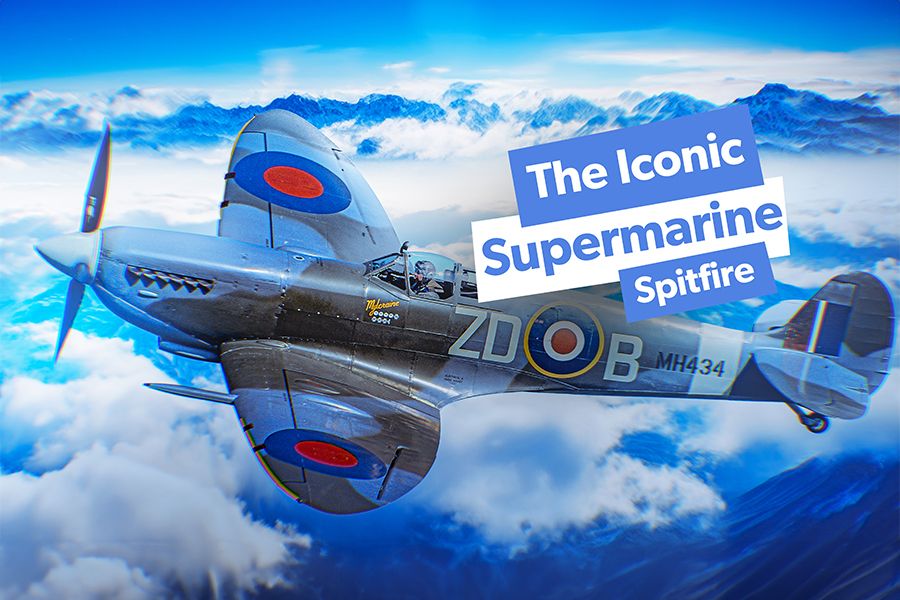
Related
Why Is The Supermarine Spitfire So Iconic?
The aircraft was by far the best-known British fighter of the war.
In addition to providing a much-needed military victory and morale boost for Great Britain, the defeat of the Stuka in the Battle of Britain prompted the RAF to rethink the purpose and viability of the dive bomber concept. Quoth Mr. Knighton again:
“Simply put, dive-bombers were not suitable for the war in Europe and the Mediterranean…The V-72s were already on their way, so the British sent them to Burma, where they proved useful in the war against invading Japanese forces. Although they were useful in Asia, the production of more versatile fighter-bombers meant the V-72s were taken off front-line service in 1944. From then on, they were used as target practice.”
“IHYLS” (“I Hope You Learned Something”), the publisher and anonymous narrator of the above-embedded YouTube video titled “Forgotten Plane From A Forgotten Campaign: Vultee A-31 Vengeance,” goes into a little bit more detail about the V-72s’ combat performance in Burma, noting that as much as Her Majesty’s Government’s bigwigs hated the plane, the RAF pilots who actually flew them liked them just fine, thank you very much. Moreover, the narrator adds that these dive bombers were surprisingly effective.
Indeed, the Vengeance gave an outstanding performance in the hands of the RAF’s 82nd and 110th Bomber Squadrons, “for at least dozens of sorties, hitting their targets far more often than not, and losing a grand total of **zero planes** in return.” [emphasis added]
Royal Indian Air Force (RIAF)
Though India was not yet an independent nation during WWII, the RIAF was nonetheless considered a separate entity from Britain’s RAF proper, designated as a branch of the Armed Forces of the British Indian Empire (along with the Indian Army and Royal Indian Navy).
Thus, it was that RIAF Vengeance drivers fought alongside their British brethren. In addition to the aforementioned Burma campaign, Indian Vengeance bombers and their crews contributed to the defeat of Imperial Japan within the geographical confines of India itself, particularly during the 1944 Battles of Imphal and Kohima. The following RIAF units were supplied with the A-31/V-72:
- No. 7 Squadron
- No. 8 Squadron
- No.1 Service Flying Training School
- No.22 Anti Aircraft Cooperation Unit
- No.1 Target Towing Flight
Royal Australian Air Force (RAAF)
According to Mr. Knighton:
“When the war in the Pacific broke out, the Royal Australian Air Force needed to expand quickly. 400 V-72s were ordered. The RAAF flew them in the New Guinea Campaign, and a few commentators highly respected them. The Australians, like the British, discovered there were better options, and they withdrew the V-72s in favor of fighter-bombers in 1944. The remaining planes were used for communication or as targets.”
IHYLS adds the following about the Vengeance’s combat performance in Aussie hands:
“In June the A31s would finally see some actual combat against the Japanese in conjunction with other Allied Forces. No. 12 Squadron and their twelve A-31s would attack two Japanese-occupied villages on the island of Solor in Indonesia, as Japan was possibly constructing an airfield. The mission was completely successful and all twelve A-31s were turned alive.”
“Ultimately, from this point until March 1944, the Australian A-31s played a very minor role in the Pacific Theater, occasionally being tested with dive-bombing Japanese positions as part of greater Allied offensives, while also seeing minor use as patrol aircraft. Their overall service in Australia was mixed; the A-31s did suffer from some general maintenance issues that led to equipment failures, but when they were used in combat they were relatively effective.”
Learn more about present-day RAAF combat capabilities.
Where are they now?
Brazil was the last user to retire the A-31, doing so in April 1948. Out of a grand total of 1.931 A-31s/A-35s/V-72s, there remains one completely intact survivor: Serial No. A27-99 (EZ999), displayed at the Camden Museum of Aviation at Narellan, New South Wales, Australia.
Meanwhile, there exist components of Serial No. A24-247, which are being held at the Historical Aircraft Restoration Society (HARS) — which also happens to be in New South Wales, Australia — to form the basis of a restoration project.
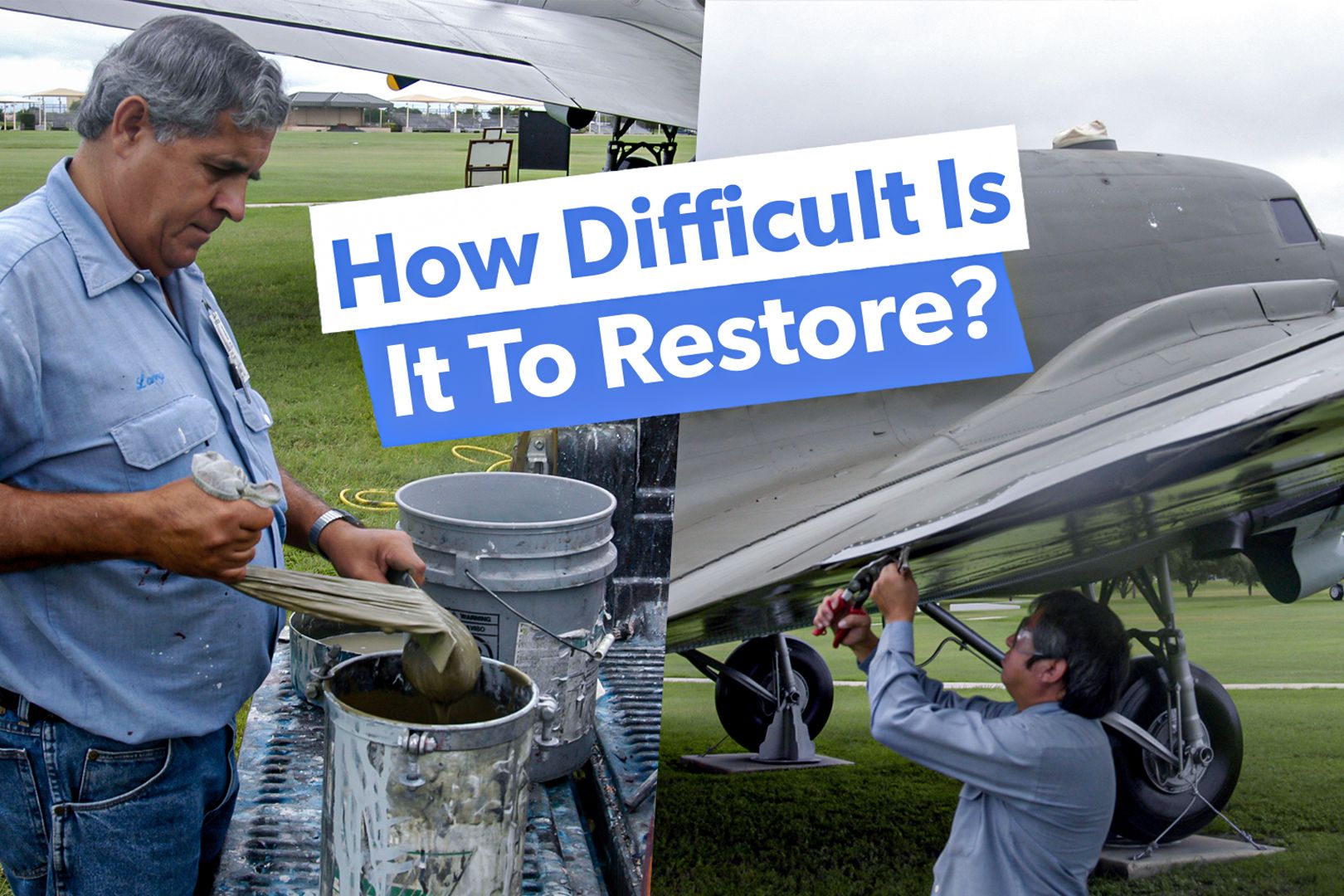
Related
How Difficult Is It To Restore A WWII Plane?
Quite difficult, but ultimately rewarding: Simple Flying gets some firsthand perspectives on these worthwhile projects.

